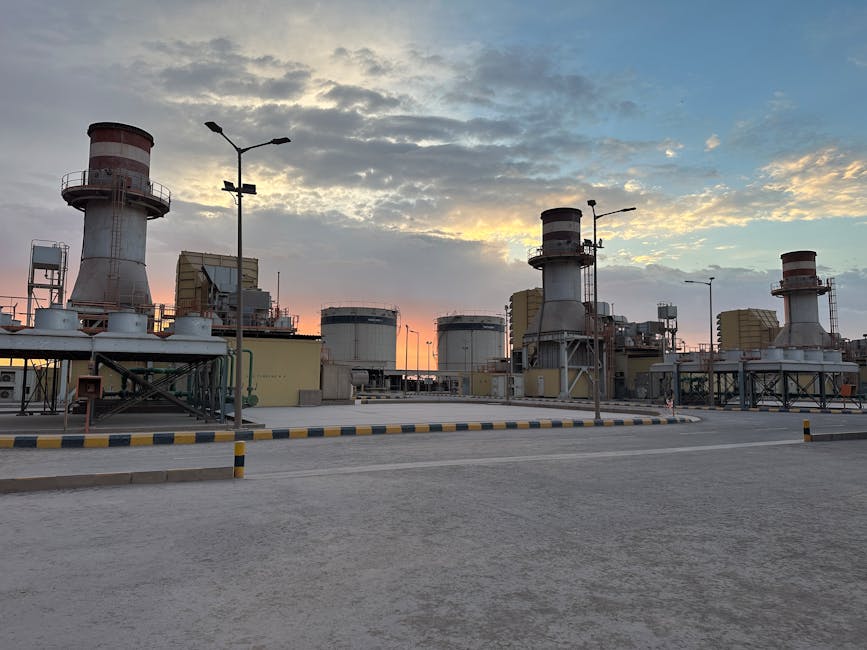Biden’s $42B Broadband Plan: Zero Connections So Far?
In 2021, the Biden administration launched the Broadband Equity, Access, and Deployment (BEAD) Program, a $42.45 billion initiative to close America’s digital divide. Promising high-speed internet for all by 2030, the program targeted rural and underserved communities. Yet, three years later, reports reveal no households have been connected under BEAD—sparking fierce debate over its effectiveness.
The BEAD Program’s Ambitious Goals
Part of the Infrastructure Investment and Jobs Act (IIJA), BEAD aimed to help 8.3 million households and small businesses lacking reliable broadband. States received funding to identify unserved areas, contract ISPs, and oversee rollout. But progress has stalled, leaving critics questioning: Is this a bureaucratic failure or just a slow start?
Why BEAD Hasn’t Connected Anyone Yet
- Bureaucratic Delays: The NTIA required detailed state plans before releasing funds. Many states missed deadlines, and approvals dragged on.
- Faulty Broadband Maps: The FCC relied on outdated data, delaying accurate identification of unserved areas.
- Supply Chain & Labor Shortages: ISPs face shortages of fiber optics, equipment, and skilled workers.
- State-Level Gridlock: Political disputes and administrative hurdles slowed planning in some states.
Critics: “A $42B Boondoggle”
Opponents blast BEAD as wasteful:
– Rep. Cathy McMorris Rodgers (R-WA): “Big-government incompetence—zero results despite billions spent.”
– Conservative analysts: Argue private-sector solutions would’ve moved faster.
Defenders: “Infrastructure Takes Time”
Supporters urge patience:
– White House: “This is a generational project. 2024 will see major progress.”
– States like Louisiana and Virginia: Contracts awarded; installations expected by 2025.
What’s Next for BEAD?
The NTIA insists 2024 will be pivotal, with funds finally reaching ISPs. But with the election looming, delays could turn BEAD into a political liability.
Key Takeaways
✔ No connections yet—$42B allocated, but no new households online.
✔ Bureaucracy, mapping, and labor shortages caused major delays.
✔ Political fight ahead—Republicans label it a failure; Biden team defends long-term vision.
✔ 2024 decisive—Will states speed up or will setbacks continue?
The Bottom Line
BEAD’s success hinges on overcoming red tape and accelerating deployments. For now, millions remain offline, waiting for a promise yet unfulfilled.
Do you think BEAD is a vital investment or a mismanaged failure? Share your thoughts below!
— NextMinuteNews | Stay updated on this developing story.




